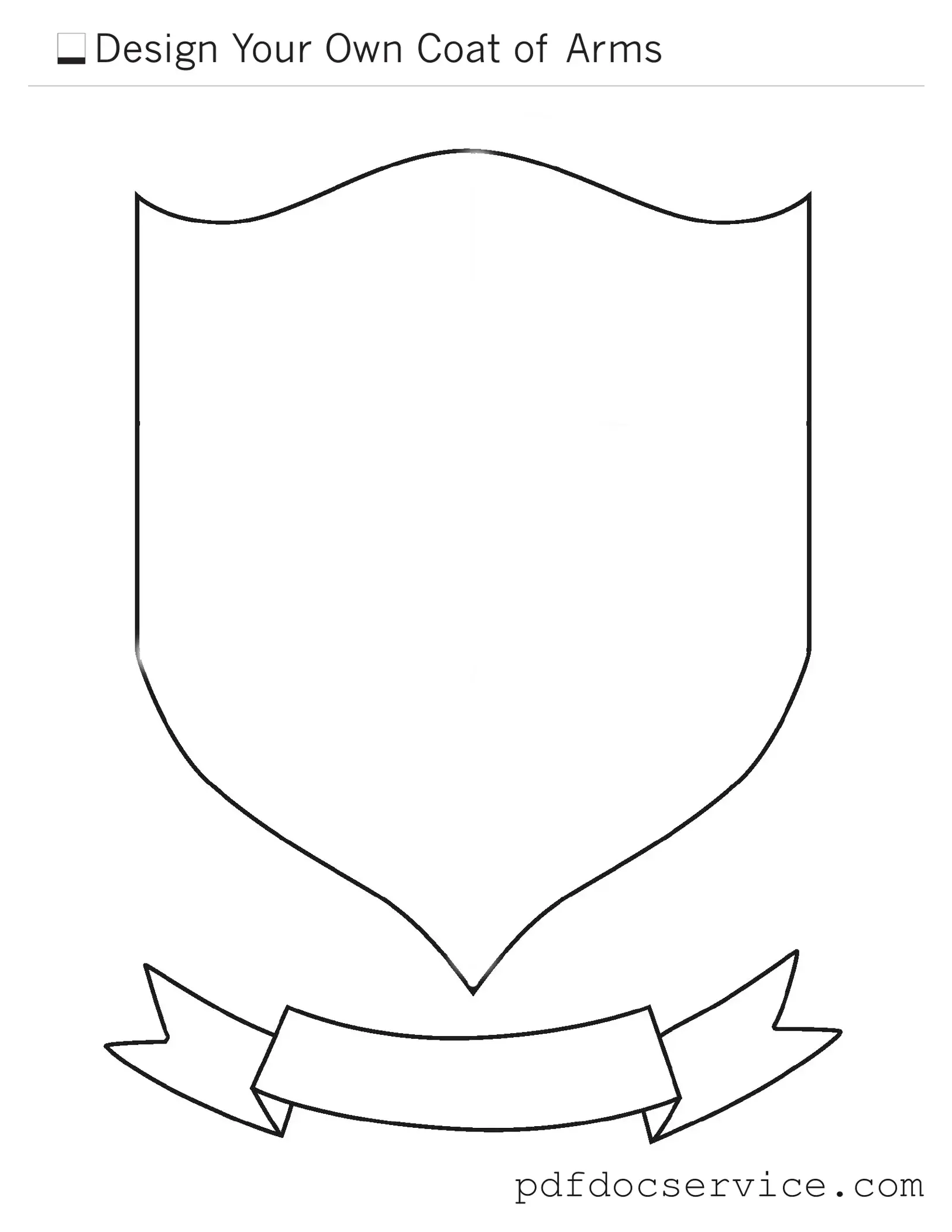The Coat of Arms form is a document used to request the creation or registration of a coat of arms. It is typically required for individuals or organizations seeking to establish a unique heraldic symbol that represents their identity, values, or heritage.
Who can apply for a Coat of Arms?
Generally, anyone can apply for a coat of arms, but the eligibility may vary by jurisdiction. Typically, individuals with a noble lineage, organizations, or those with a significant cultural or historical connection may have a stronger claim. It is advisable to consult local regulations to understand specific eligibility criteria.
When filling out the Coat of Arms form, you will need to provide:
-
Your full name and contact information.
-
A description of the desired coat of arms, including colors, symbols, and any specific elements you wish to include.
-
Your background or reason for requesting a coat of arms.
-
Any relevant documentation that supports your claim or connection to heraldry.
How long does the application process take?
The application process can vary widely depending on the governing body responsible for heraldry in your area. Typically, it may take anywhere from a few weeks to several months. Factors such as the complexity of the design and the volume of applications can influence the timeline.
Yes, there is usually a fee associated with submitting the Coat of Arms form. The amount can differ based on the organization or authority processing the application. Be sure to check the specific fee schedule when submitting your application.
Can I modify my coat of arms after it is approved?
Modifications to an approved coat of arms are often possible, but they may require a new application or formal request. It is important to consult the relevant heraldic authority to understand the procedures for making changes to an existing coat of arms.
What happens if my application is denied?
If your application for a coat of arms is denied, you will typically receive a detailed explanation of the reasons for the denial. Most heraldic authorities allow for an appeal process or the opportunity to reapply after addressing the concerns raised in the initial application.
For more information, you can visit the website of the heraldic authority in your region. They often provide resources, guidelines, and contact information for further inquiries. Additionally, local libraries or historical societies may offer insights into heraldry and the application process.
